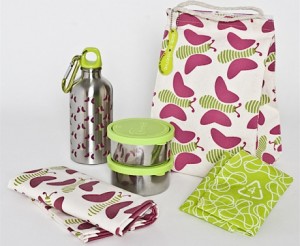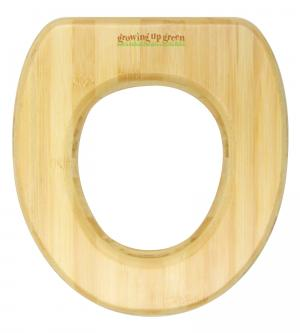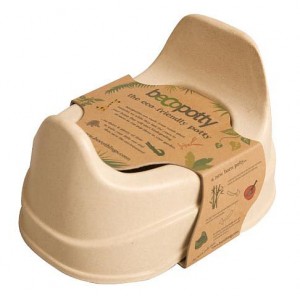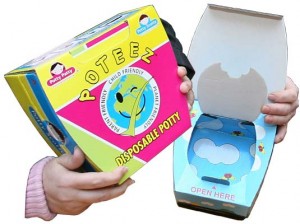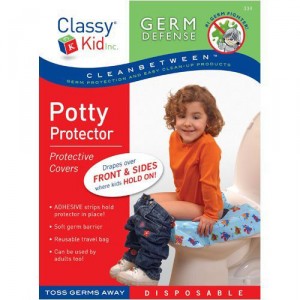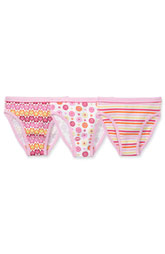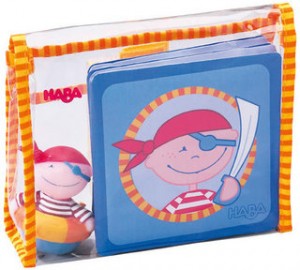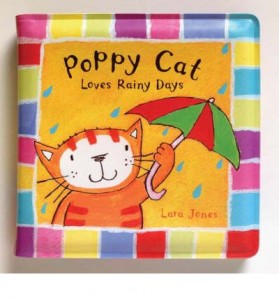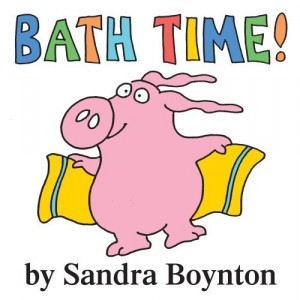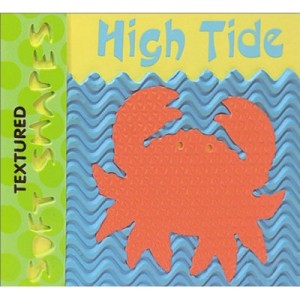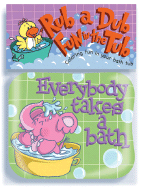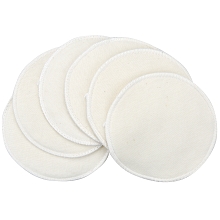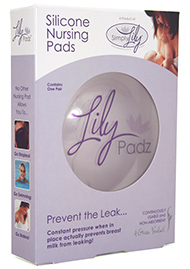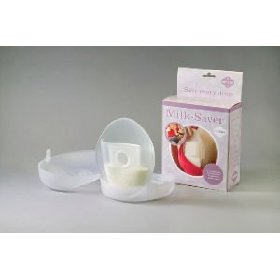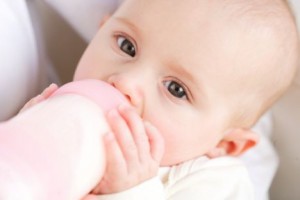Tonight, as I was packing my daughter’s lunch, I realized that without even thinking about it, I was packing a waste free lunch. Just by keeping a couple things on hand at all times, it has become second nature. Most of these things you probably already have, it’s just getting into the habit of using them every day. If you are missing a few things, I’ve provided some of my favorite options.
LUNCHBOX – When I was in school, we used paper bags for our lunch everyday. I cringe when I think of how many of them we just threw away. Now, I pack my kid’s lunch in a reusable lunchbox. There are tons of options like the PlanetBox Stainless Steel lunchbox, old school metal lunchboxes, plastic bento style lunchboxes, or theKids Konserve insulated lunch sacks made from recycled bottles. Just make sure that whatever you buy is PVC Free – oftentimes you’ll find that fabric lunchboxes have a PVC lining – check the tags.
REUSABLE BAGS – This is one of the places where you can really cut down on waste, particularly if you are using plastic baggies for sandwiches and snacks. Lunchskins makes reusable bags both in sandwich and snack sizes. They are made with a cotton fabric that is coated with a food-safe polyurethane liner. I currently have 2 but am planning to get several more because I’m always using them! I can use them for more than just food and I love that I can throw them in the dishwasher.
REUSABLE CONTAINERS – Another way to replace your plastic baggies is to use a reusable container. It can be as easy as using a plastic container, stainless steel Lunchbots or Kinderville silicone storage jars.
UTENSILS – For older children, you can grab a fork and/or spoon from your silverware drawer. If you’re concerned they might not make it home, stop by Goodwill and pick up some 10 cent utensils for lunches. No worries if it accidentally is left at school (dirty. in the locker. never to be seen again.). For younger children, buy kid-size plastic or metal utensils that are the right size for their mouths. We use metal utensils from Pottery Barn Kids and have been really happen with them.
CLOTH NAPKIN – Paper napkins may be cheap but they are also wasteful. We’ve been using cloth napkins for a year and they aren’t any more work – I just throw them in any load of laundry that is being done.
DRINK BOTTLE -It seems like everyone has jumped on the stainless steel drink bottle bandwagon, but if you haven’t – now is a good time. You can find them EVERYWHERE – we happen to use KleanKanteen for our kids but you can pick them up anywhere from Starbucks, to the grocery store, to toy stores.
Once you start packing your own waste free lunches, you might inquire about a school wide program. It has been estimated that on average a school-age child using a disposable lunch generates 67 pounds of waste per school year. That is over 800 pounds of waste over 12 years of school – JUST FOR 1 CHILD! That equates to 18,760 pounds of lunch waste for one average-size elementary school – PER YEAR! Over 225,000 pounds of lunch waste over 12 years of school. For a great resource to help you start a waste free lunch program at school, visit WasteFreeLunches.org.
